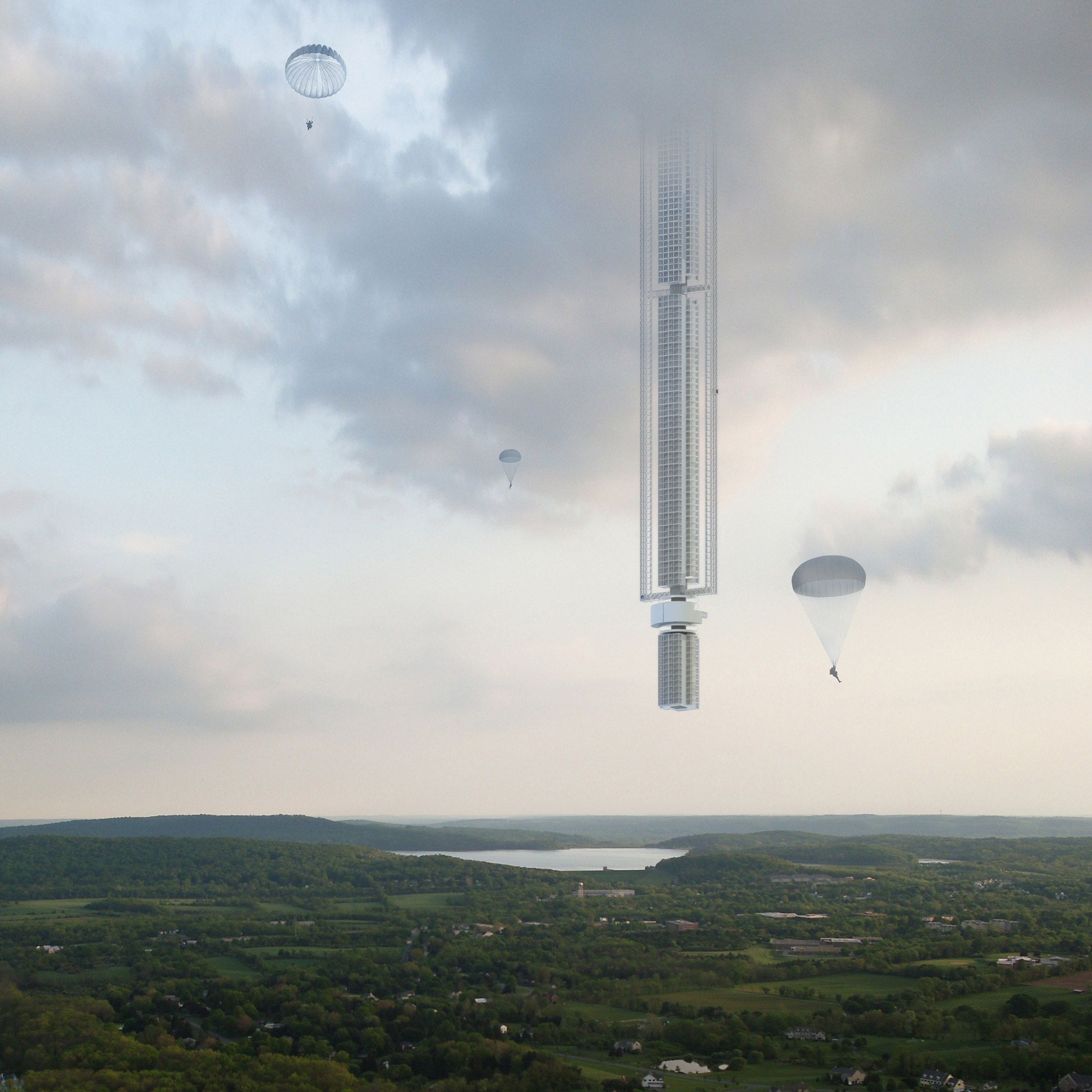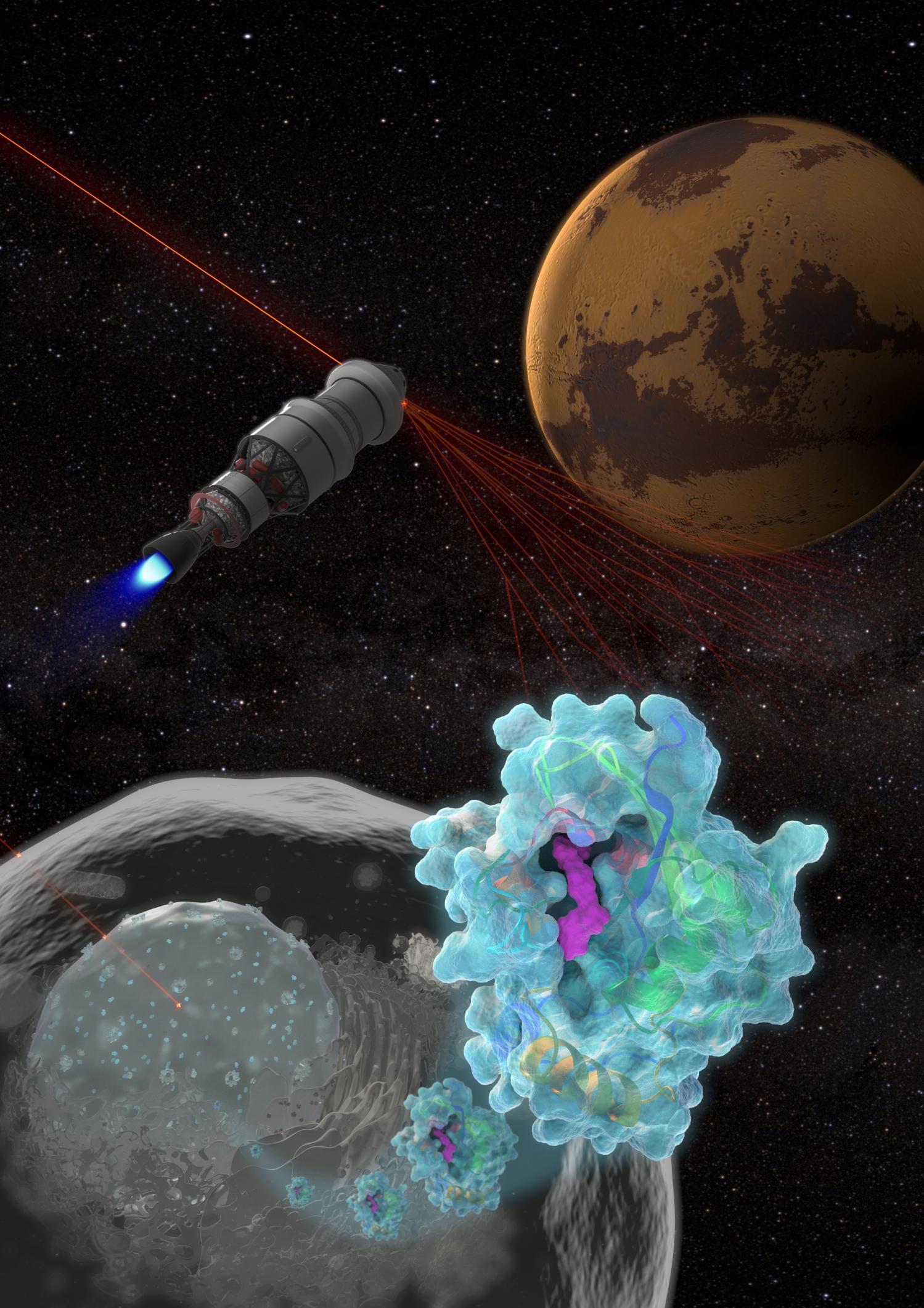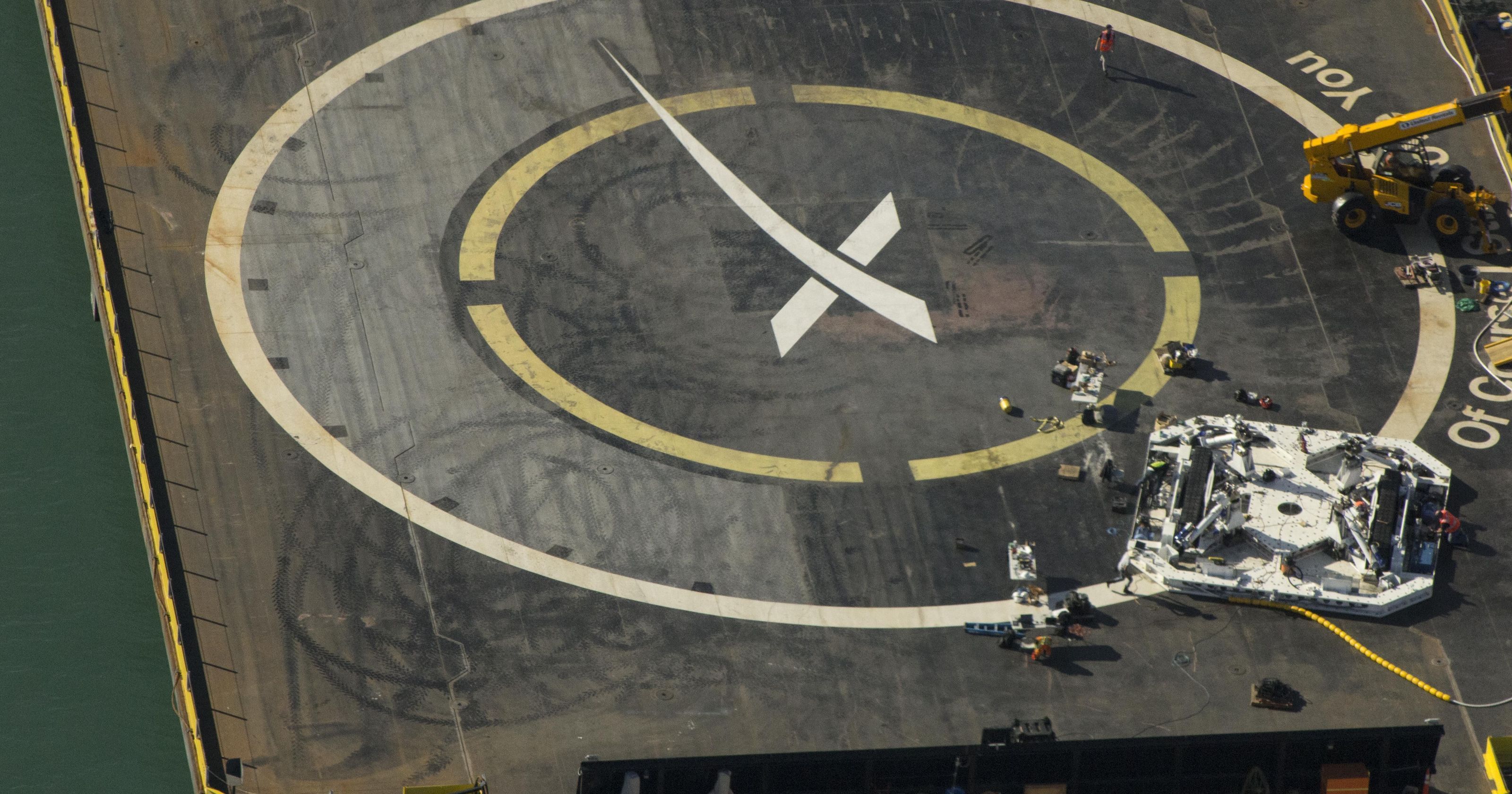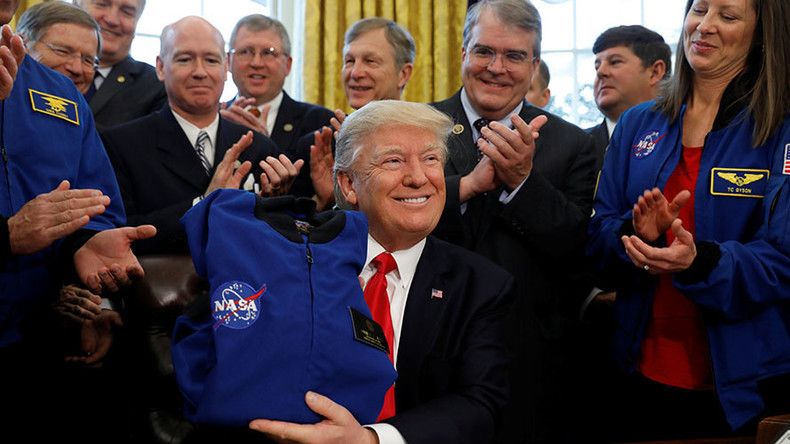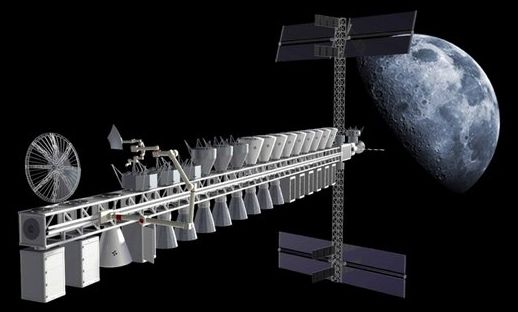Mar 26, 2017
NASA taking first steps toward high-speed space internet
Posted by Klaus Baldauf in categories: internet, space travel
The Laser Communications Relay Demonstration (LCRD) will help NASA understand the best ways to operate laser communications systems. They could enable much higher data rates for connections between spacecraft and Earth, such as scientific data downlink and astronaut communications.
“LCRD is the next step in implementing NASA’s vision of using optical communications for both near-Earth and deep space missions,” said Steve Jurczyk, associate administrator of NASA’s Space Technology Mission Directorate, which leads the LCRD project. “This technology has the potential to revolutionize space communications, and we are excited to partner with the Human Exploration and Operations Mission Directorate’s Space Communications and Navigation program office, MIT Lincoln Labs and the U.S. Air Force on this effort.”
Laser communications, also known as optical communications, encodes data onto a beam of light, which is then transmitted between spacecraft and eventually to Earth terminals. This technology offers data rates that are 10 to 100 times better than current radio-frequency (RF) communications systems.
Continue reading “NASA taking first steps toward high-speed space internet” »


